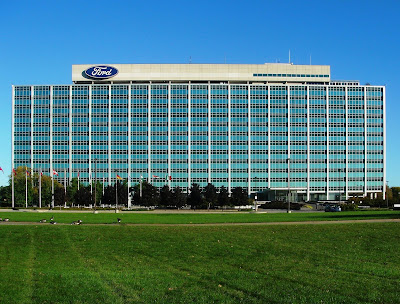ABN Amro the Latest Bank to Show the Need for a New Solution to Money Laundering

It has been reported today that ABN Amro, the Dutch bank that is half-owned by the Dutch Government, is being investigated by the country’s public prosecutor. Though it has not revealed what that investigation entails, it has warned that ‘ it could face fine for lapses in its client due diligence that may have allowed breaches of money laundering and terrorism financing laws ’. In today’s post, we will look at the potential for this investigation, and assess this against the backdrop of what seems to be an increased commitment to compliance on behalf of ABN Amro, paradoxically. In light of a recent article I developed looking at Sigma Ratings , it is worthwhile considering their mission again in light of yet another massive breach of AML regulations, potentially. Though the bank has been unable to declare what the investigation concerns, its suggestion that it may be regarding breaches in AML compliance have resulted in a 9.3% drop in the shares already. The article in the FT di...







